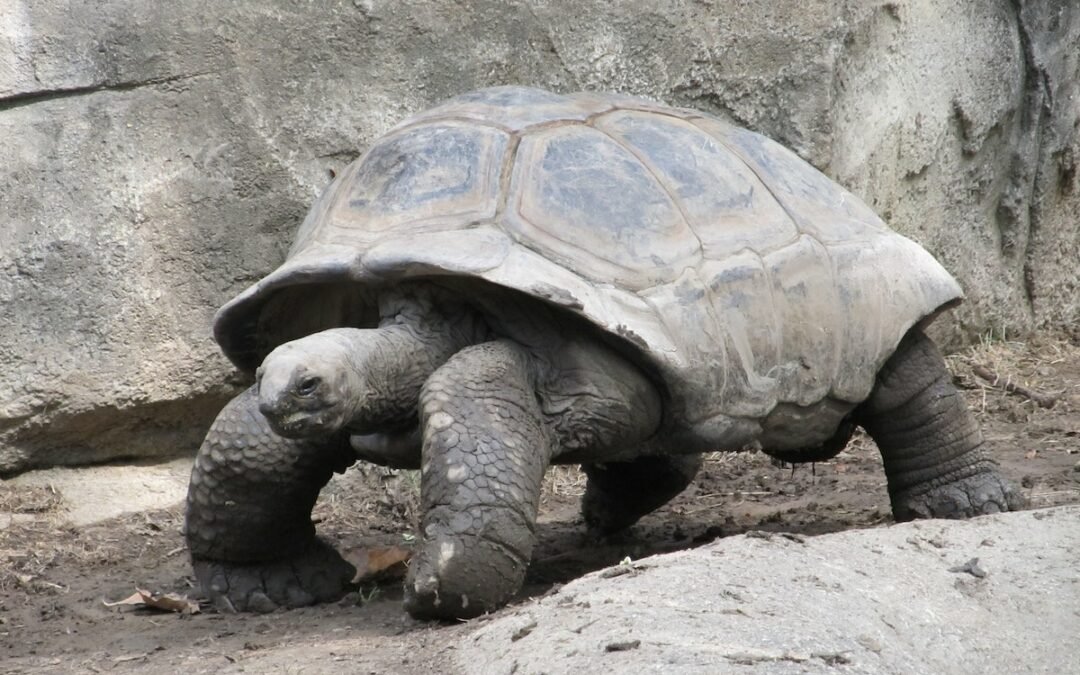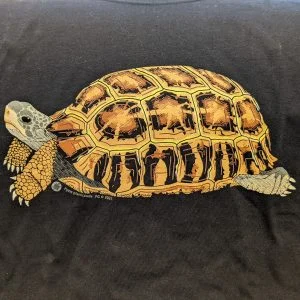If you’ve recently become a proud tortoise parent, this essential guide is here to support you in caring for your shelled companion.
From their vegetarian diet and impressive size potential of up to ten inches to their cold-blooded nature and preference for land over water, tortoises have unique characteristics.
Last but not least, prepare for a long-term commitment as these fascinating creatures can live well over 50 years, with some record-breaking individuals reaching the incredible age of 189!
Where Should You Place Your Tortoise?
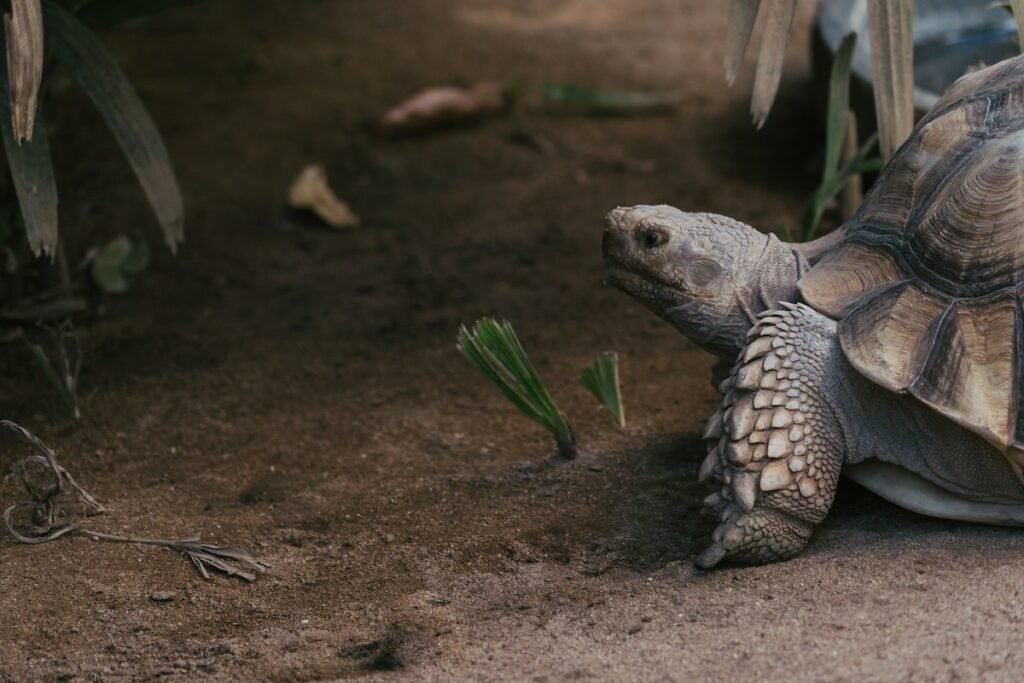
If you want to get a tortoise as a pet, then it is important to consider its home. Take note that tortoises vary since they come from different parts of the world. Even if there are various species of tortoises, they can get along just fine.
However, grouping them by gender can encourage them to come out of their shells. So, if you want to have more than one tortoise, then be sure to group girls with girls and guys with guys. This can make tortoises feel happier.
Terrarium
Once your tortoise has fully grown, then it will require space to move around. Your tortoise could likely survive in an enclosure that has at least 50 gallons in volume. Make sure that the enclosure is properly lit, well-ventilated, and comes with a screened lid.
Lighting
Generally, tortoises love soaking themselves in the sun’s rays. Also, they are very active during the daytime. If the natural sun can’t enter your enclosure, then you can light them up for at least 12 hours every day using a specially designed bulb that imitates the sun’s rays.
But what about their nighttime activities? Well, you can use a night-specific bulb so you can still watch over them while they are sleeping.
Climate Control
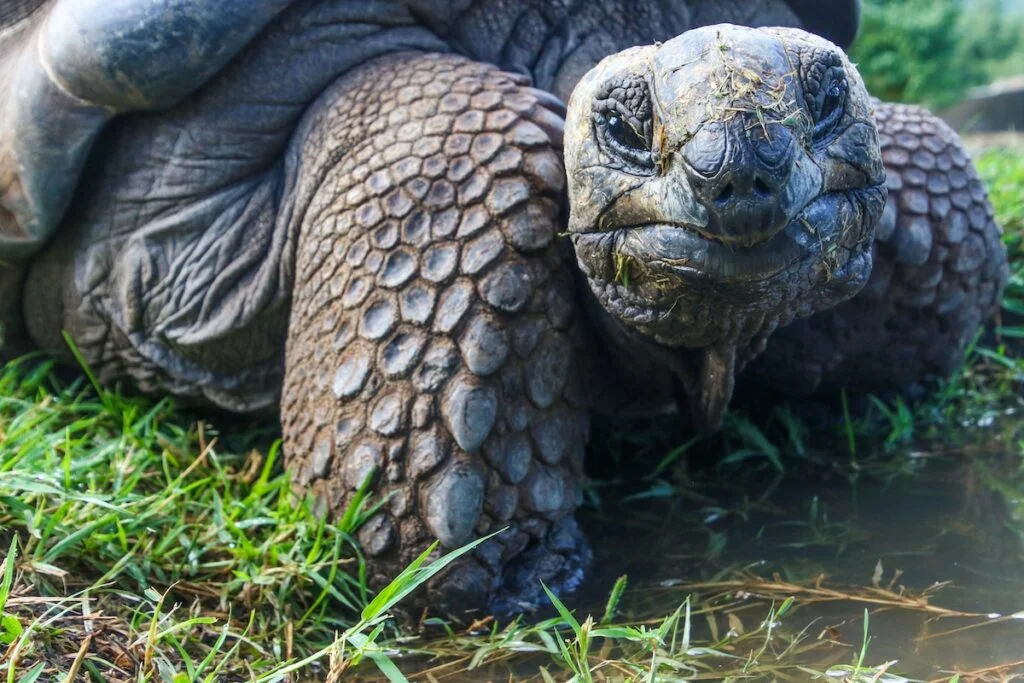
As much as possible, try to keep your tortoise’s home damp and toasty, just like the climate of the warm countries where they come from. Consequently, the intensity of the humidity and heat of their home will greatly depend on the breed of your tortoise.
For instance, Russian Tortoises thrive in environments that are a bit warmer and drier with at least 50% humidity. On the contrary, Greek Tortoises love a wetter and slightly cooler habitat that has a humidity of up to 80%.
Ideally, you can allow your tortoise to roam around between climates inside its habitat by making one side warmer and the other side cooler. For the warmer side, you can use a high-watt heat bulb with an excellent flat rock for basking.
While on the cooler side, you could place a large branch or any type of shelter that can be useful for privacy and shade. To keep track of the temperature, you could place a thermometer at the edge of your terrarium. During the night, you can turn off the heat lamp and you can keep the place warm by using a ceramic heat emitter.
What Would be the Appropriate Temperature Range for Your Tortoise?
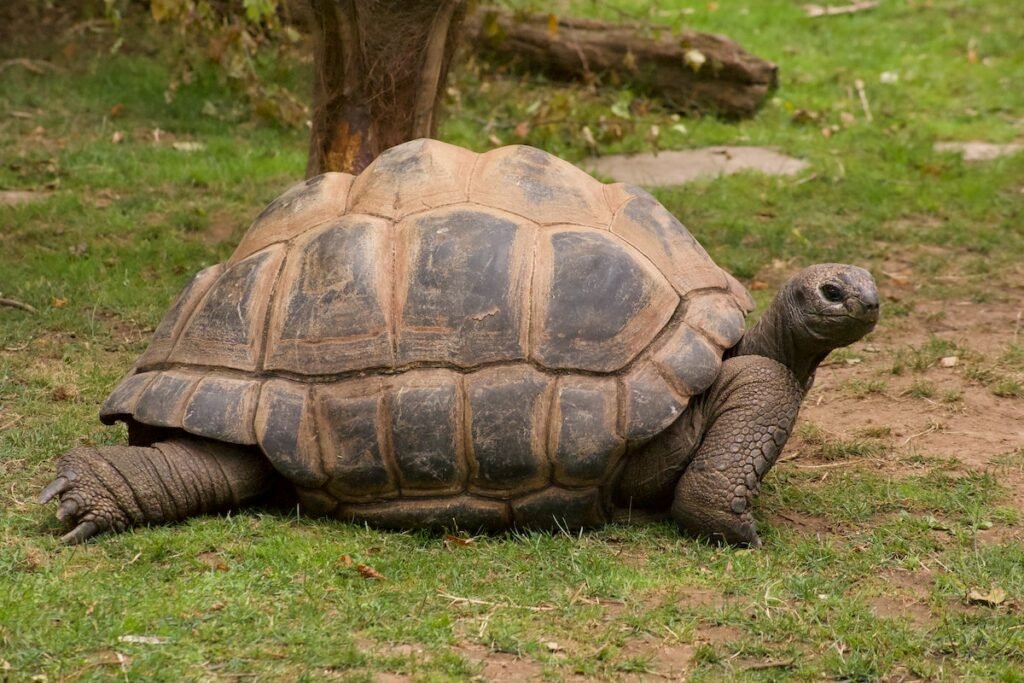
For Russian tortoises, you can keep the warm side at a temperature between 95 and 100 degrees Fahrenheit and a temperature between 70- and 75-degrees Fahrenheit on the cool side, during the daytime.
While at nighttime, the temperature can be between 65- and 75-degrees Fahrenheit on the two sides. To preserve the humidity, you can layer 2 to 3 inches of coconut fiber or bark. This can make your Russian tortoise feel comfortable.
For Greek tortoises, the warm side should have a temperature between 95 and 105 degrees Fahrenheit and a temperature between 75- and 85-degrees Fahrenheit on the cool side, during the daytime.
At nighttime, both sides should have a temperature between 65- and 75-degrees Fahrenheit. Greek Tortoises prefer to have a slightly drier surface. To make them feel at home, you can mix some bark or soil in 2 to 3 inches of calcium sand.
To make your enclosure look nicer, you can decorate it with sticks and plants. Just make sure that the plants are edible so that they can’t cause any harm to your tortoise.
Be sure to avoid anything that is steep since this could cause your tortoise to lose its balance. Maintain cleanliness inside the space by removing the waste at least once a week. At least once a month, try to change their bedding.
How Can You Keep Your Pet Tortoise Healthy?
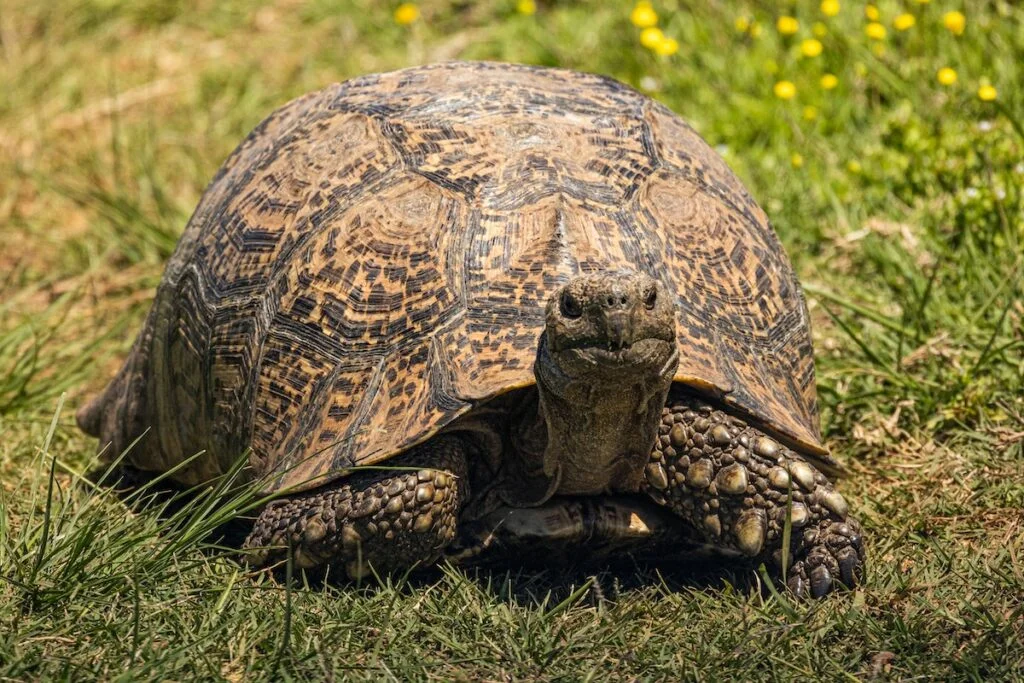
Allow the tortoise to adjust to its new environment for at least three to four days before you start handling them. Remember that even if the tortoise has already settled in, it can still get sick.
That is why it is important that you should observe crucial symptoms such as weight loss, spending more time hiding in the shell, swollen joints, drinking or eating less, shell issues such as discolored shell, discharges from the mouth, nose, or eyes as well as runny droppings that occur for more than two days.
As soon as you notice these things, you should immediately bring your tortoise to the vet.
What Do Tortoises Drink and Eat?
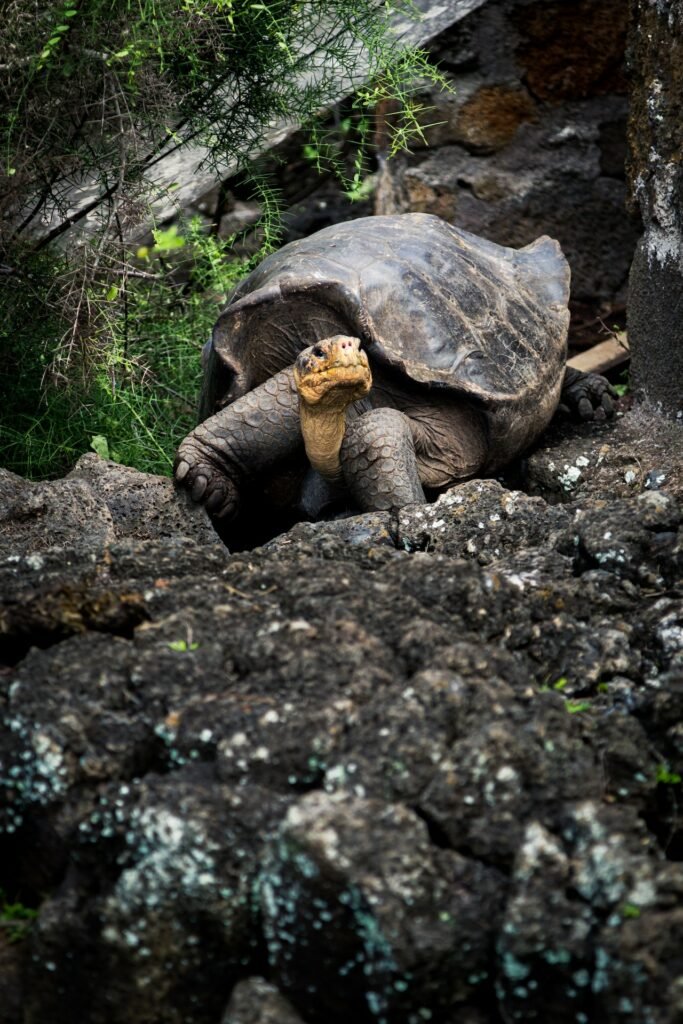
You should provide your tortoise with a healthy diet that includes different varieties of veggies and fruits for treats. Keep in mind that fruits should not exceed five percent of their diet. Supplements are optional, however, if you want to give them, then you should consult your vet first.
Drinking Water is Essential
Be sure to provide your tortoise with fresh water daily. Their water should be replaced every day since they might likely defecate on them. To prevent illness or bacterial build-up, you should also disinfect their water dish regularly.
The water dish should be deep enough so they can simply sit inside, large enough so they can soak in, but most of all, shallow enough so they can easily come out from the water. Just like any other reptile, tortoises carry Salmonella bacteria which could get exposed in their feces.
To keep you safe, it is recommended that you should wash your hands and the terrarium regularly. It is important to take precautions, particularly if you have young children or if you have family members that have a weak immune system.
What are the Different Behaviors of Tortoises?
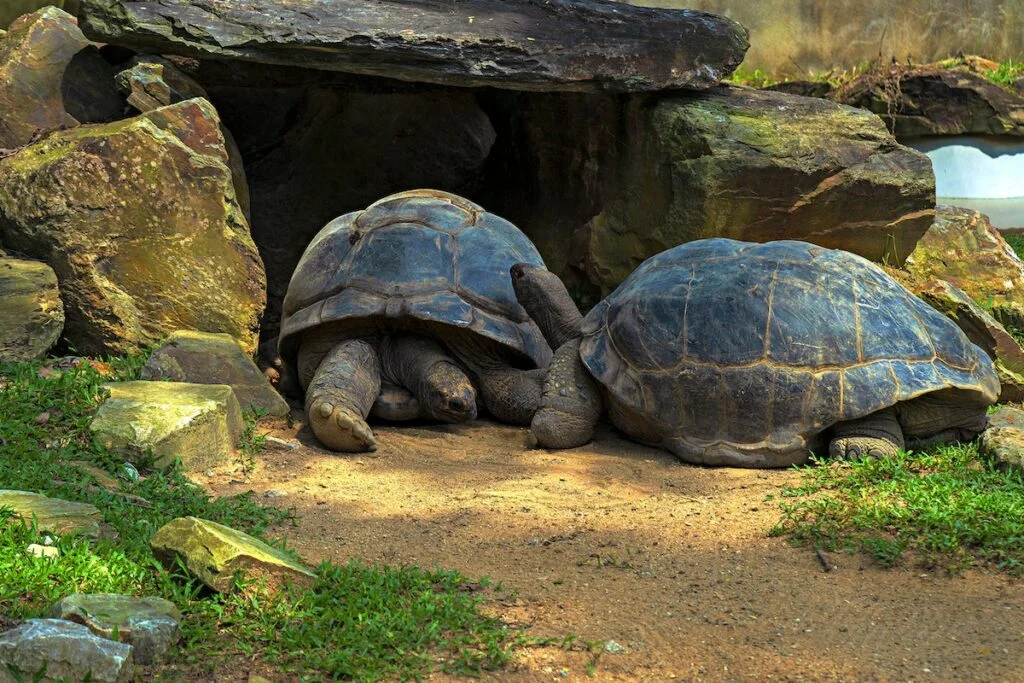
Different tortoise species have different behaviors. One of the common choices for pets is Sulcata tortoises since they are active and outgoing. At birth, they are very small, however, they can grow big too quickly. They love digging and are excellent at it.
Russian Tortoises are best known for being simple and sturdy. However, they can also be curious and personable. While Red-Footed tortoises can be interactive and calm, at the same time, they are great at recognizing their owners.
Additionally, they can easily understand their environment and are fast learners. They are great on their own and do not want to socialize with others.
Hibernation May Not Be Essential
It is not essential to hibernate captive tortoises. However, if you want to hibernate your tortoise, then you should consult your vet first. It could be dangerous to hibernate a sick tortoise.
You should also check first if your pet tortoise is a hibernating species, if there are no signs of illness, and if it is in great shape and weight. The extent of hibernation could vary depending on the type of species and its age.
However, it should not go beyond 12 weeks. It is also advisable that you should get a yearly pre-hibernation check-up with your vet. With the proper preparation, the hibernation process could be beneficial to your pet tortoise.
Kapidolo Farms offers different varieties of food for your tortoise. For more information, you can contact us at 215-483-7675 or send us an email at kapidolofarms@gmail.com.


